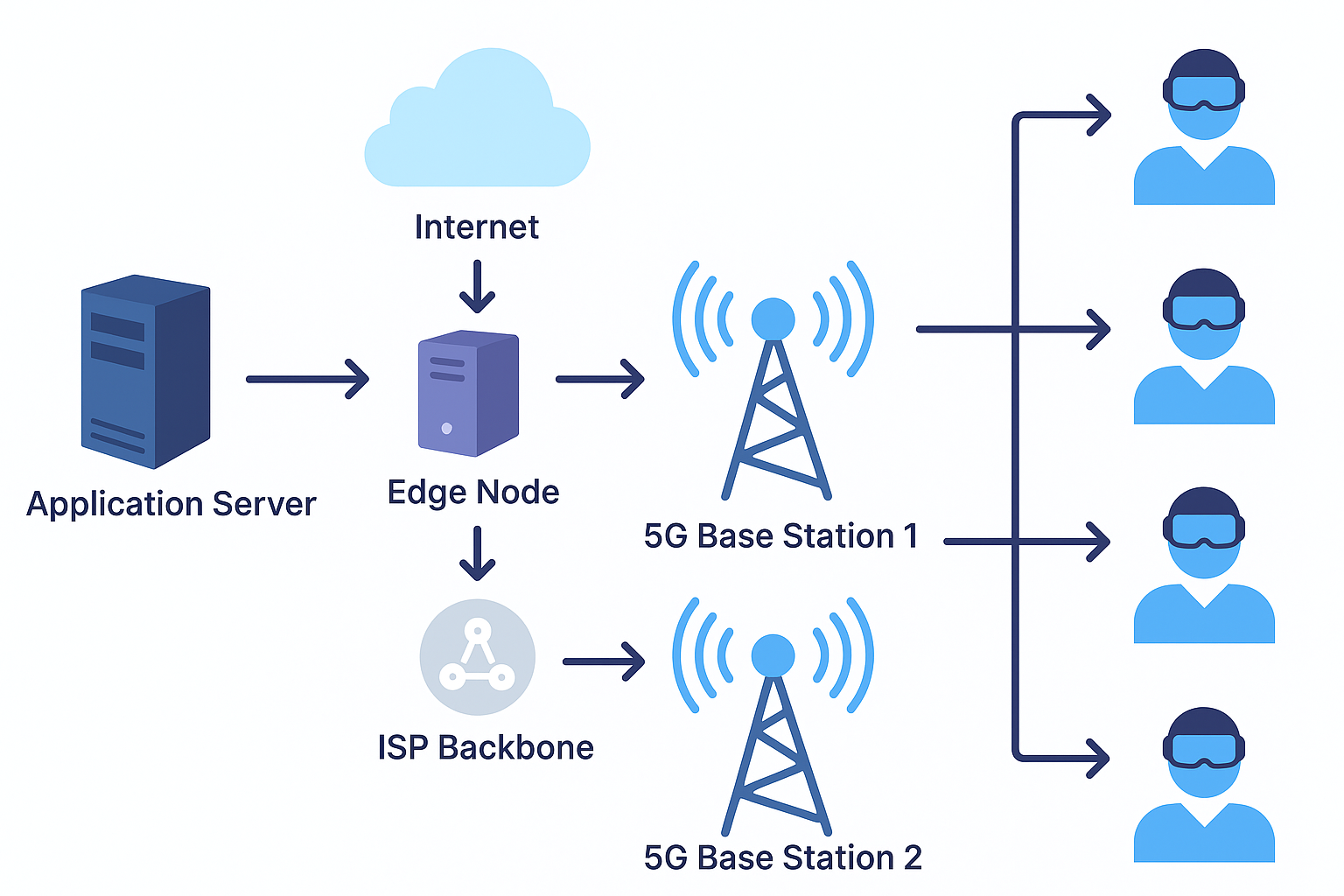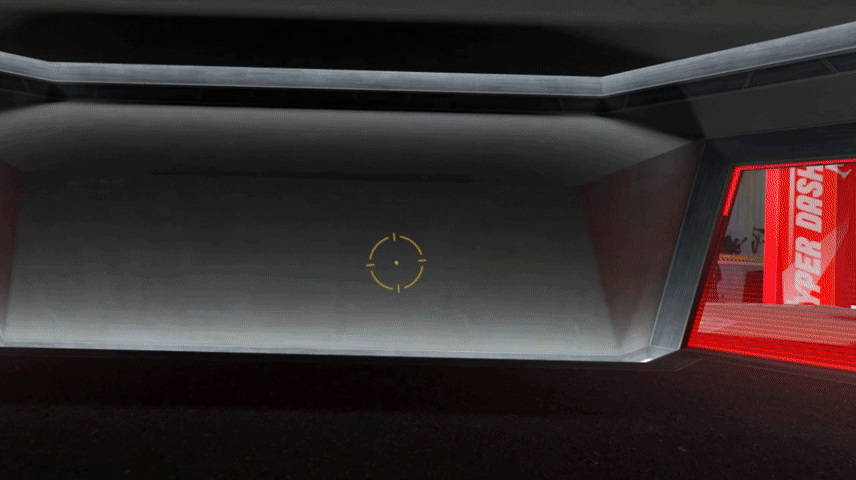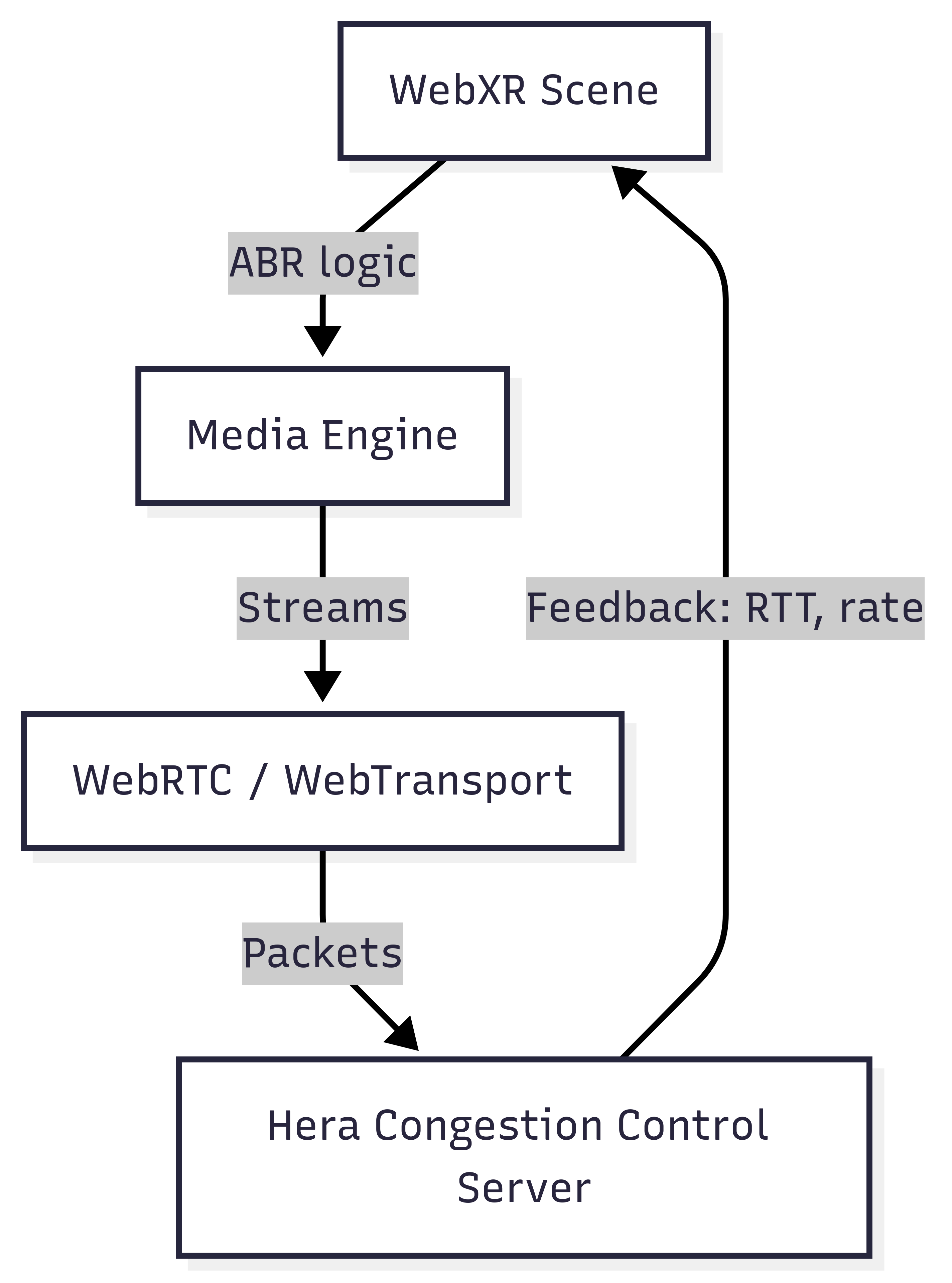Enabling Next-Generation Immersive Applications in 5G

Overview
The Multi-user Immersive Reality (MIR) landscape is evolving rapidly, with applications spanning virtual collaboration, entertainment, and training. However, wireless network limitations create a critical bottleneck, struggling to meet the high-bandwidth and ultra-low latency demands essential for next-generation MIR experiences. This paper presents Hera, a modular framework for next-generation immersive applications, comprising a high-level streaming and synchronization layer for AR/VR systems and a low-level delay-based QoE-aware rate control protocol optimized for dynamic wireless environments. The Hera framework integrates application-aware streaming logic with a QoE-centric rate control core, enabling adaptive video quality, multi-user fairness, and low-latency communication across challenging 5G network conditions. We demonstrate that Hera outperforms existing state-of-the-art rate control algorithms by maintaining up to 66% lower latencies with comparable throughput performance, higher visual quality with 50% average bitrate improvements in our analysis, and improved fairness. By bridging the gap between application-level responsiveness and network-level adaptability, Hera lays the foundation for more scalable, robust, and high-fidelity multi-user immersive experiences.

Low quality and high latency

Optimized
Not Actual Gameplay Footage
Key Features
- Real-time AR/VR synchronization via WebXR
- Delay-based congestion control protocol with histogram-based RTT tracking
- Adaptive video quality and dynamic synchronization rates
- Integrated benchmarking tools with real and synthetic VR clients
- Supports experiments with DASH streaming and multiple congestion control protocols

Performance Highlights
- Up to 66% lower latency than legacy protocols like Cubic
- 50% average bitrate improvement in high-mobility 5G settings
- Consistent 4K streaming across clients in mixed-reality scenarios
- High fairness index (0.965), ensuring equitable bandwidth allocation

Collaborators
- Ankit Bhardwaj (NYU)
- Lakshmi Subramanian (Advisor, NYU)
- Yasir Zaki (Advisor, NYU Abu Dhabi)